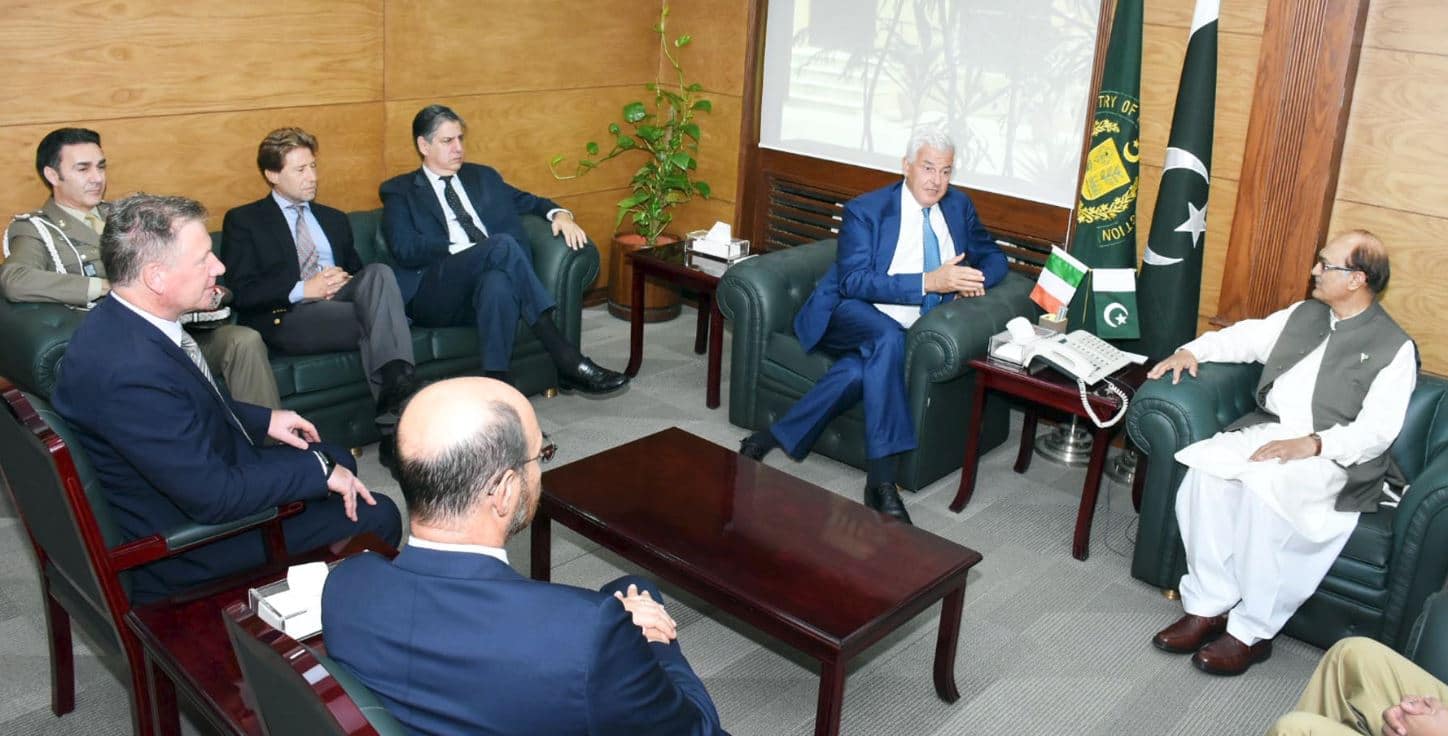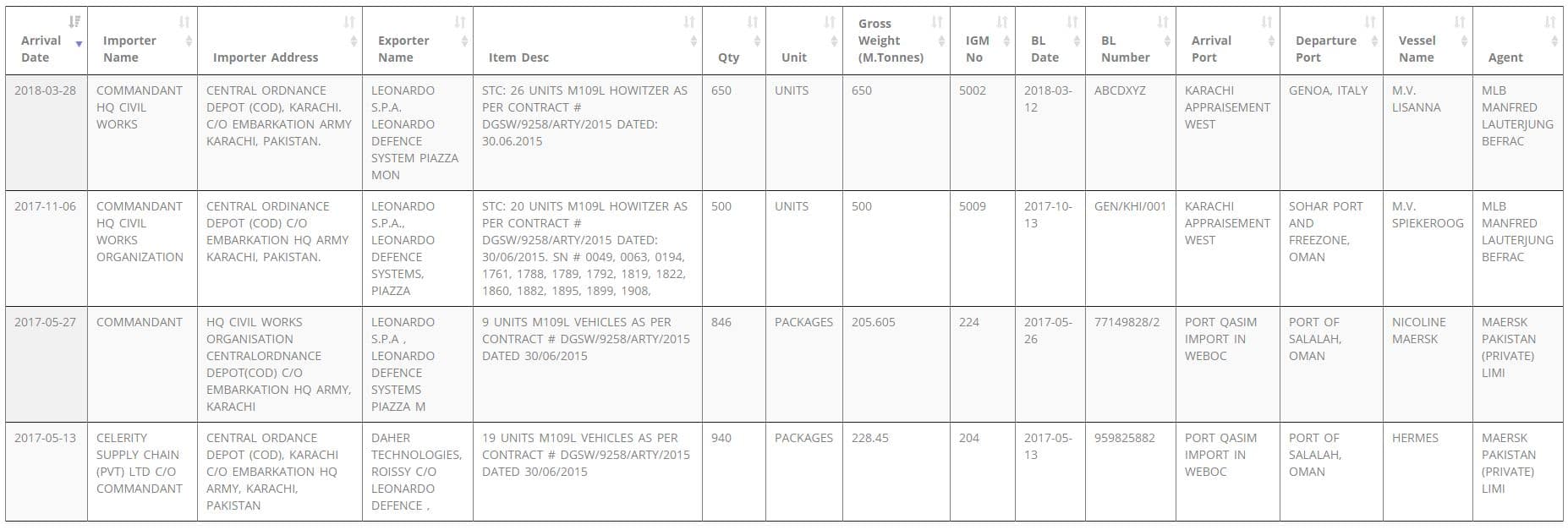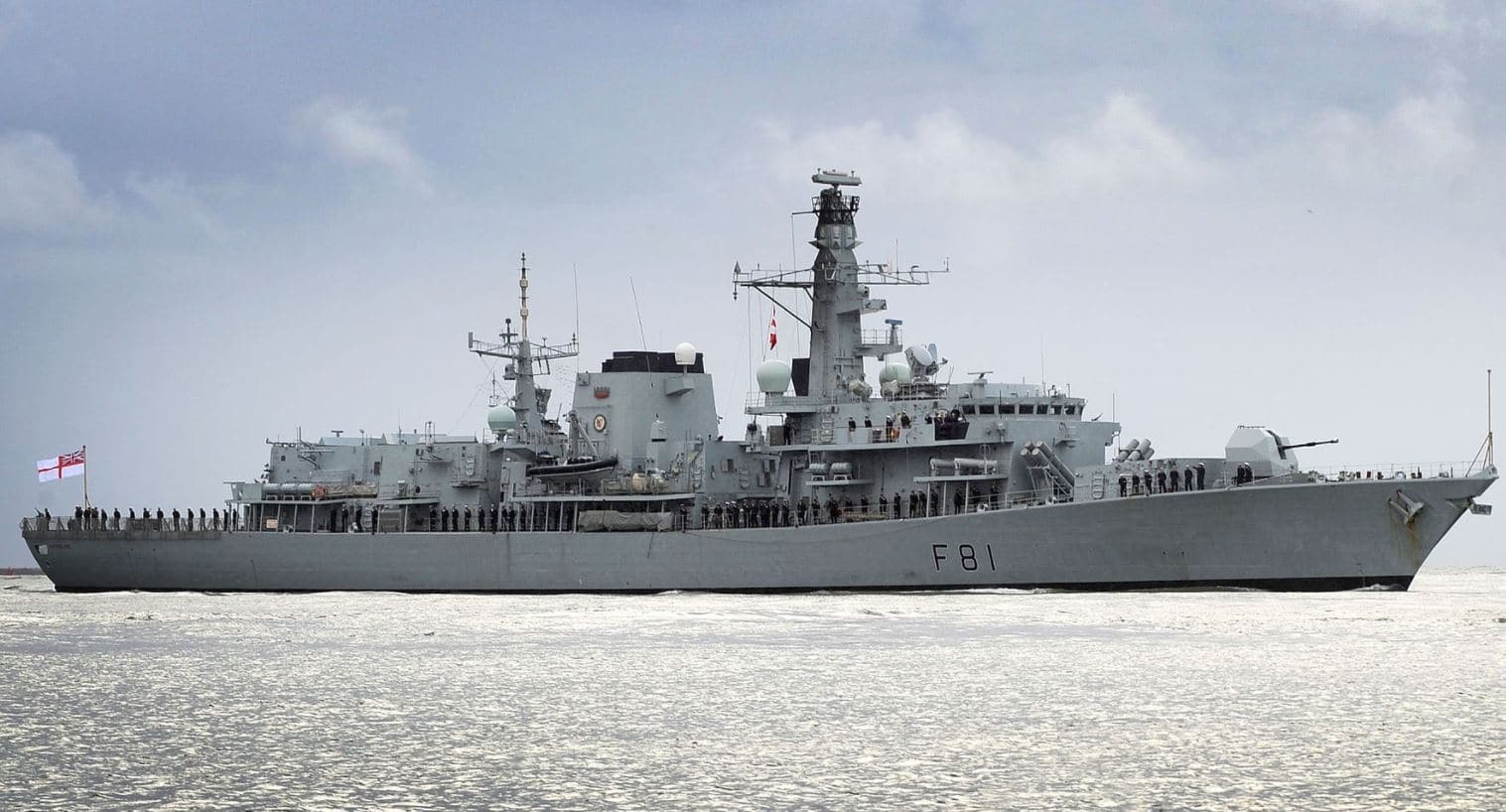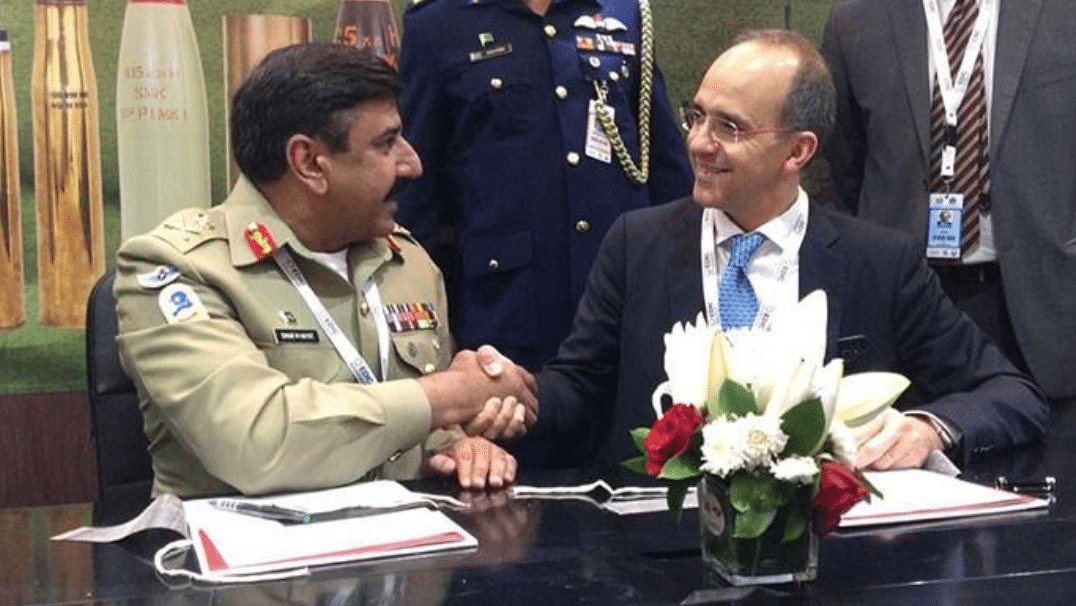1991Views 0Comments

Pakistan and Italy Agree to Explore Joint Defence Production
On 09 July 2018, Pakistan’s state-owned news agency the Associated Press of Pakistan (APP) reported that Pakistan and Italy had agreed to explore opportunities for joint defence production.
“Pakistan and Italy stressed upon the need to explore the areas in the field of joint defence production and regular exchange of high level visits between both the countries,” reports APP.
The call came following a meeting between Pakistan’s Ministry of Defence Production (MoDP) and Italian diplomatic officials and, notably, a delegation led by Leonardo S.p.A.’s CEO, Alessandro Prosumo.
Leonardo S.p.A. is a multi-billion-dollar defence giant headquarted in Rome, Italy with subsidiaries (e.g. Selex ES, AgustaWestland) and equity ownership (e.g. Thales Alenia Space) throughout Europe.
Notes & Comments:
Interestingly, the call had also come following Pakistan’s decision to ink a big-ticket contract for 30 Turkish Aerospace (TA) T129 ATAK attack helicopters. AgustaWestland (now under Leonardo) had sold the A129 Mangusta with turnkey transfer-of-technology (ToT) and rights to market and export the platform.
However, Leonardo has already built a market for its defence goods in Pakistan. In recent years, Leonardo has sold AW139 utility helicopters to the Pakistan Air Force (PAF), Seaspray 7300 and Seaspray 5300 active electronically-scanned array (AESA) radars to the Pakistan Navy (PN) and refurbished M109L howitzers to the Pakistan Army (see export-import logs below). Thus, there is noticeable bilateral engagement.
A delegation led by Leonardo’s CEO could signal the company’s intention (with the support of the Italian government) to expand its operations in Pakistan, especially in light of the latter’s forthcoming programs. In fact, in December 2017 Leonardo reportedly said that it was also opening a new office in Pakistan.
Potential programs of interest to Leonardo could include fitting the PN’s forthcoming MILGEM Ada anti-submarine warfare (ASW) corvettes – i.e. sensors (e.g. radar, electronic support measures, etc), weapons (e.g. anti-ship missiles and ASW torpedoes) and, possibly, an ASW helicopter. Interestingly, the Leonardo AW159 Wildcat shares the same powerplant – i.e. LHTEC CTS800 – as the T129 ATAK.
One program of earlier interest to Leonardo is the PAF’s JF-17. Granted, the JF-17 Block-III is slated to use the Nanjing Research Institute of Electronics Technology (NRIET) KLJ-7A, but a pitch to retrofit the PAF’s existing JF-17 Block-I and Block-IIs could be interesting. Leonardo recently unveiled a low-cost AESA radar for lightweight fighters with limited internal room. This joins an earlier product release of a similar – i.e. low-cost and readily exportable – concept, the BriteEye Defensive Aids Suite (which Leonardo, albeit in its marketing material, shows to be “optimized” for the JF-17, among other fighters).



